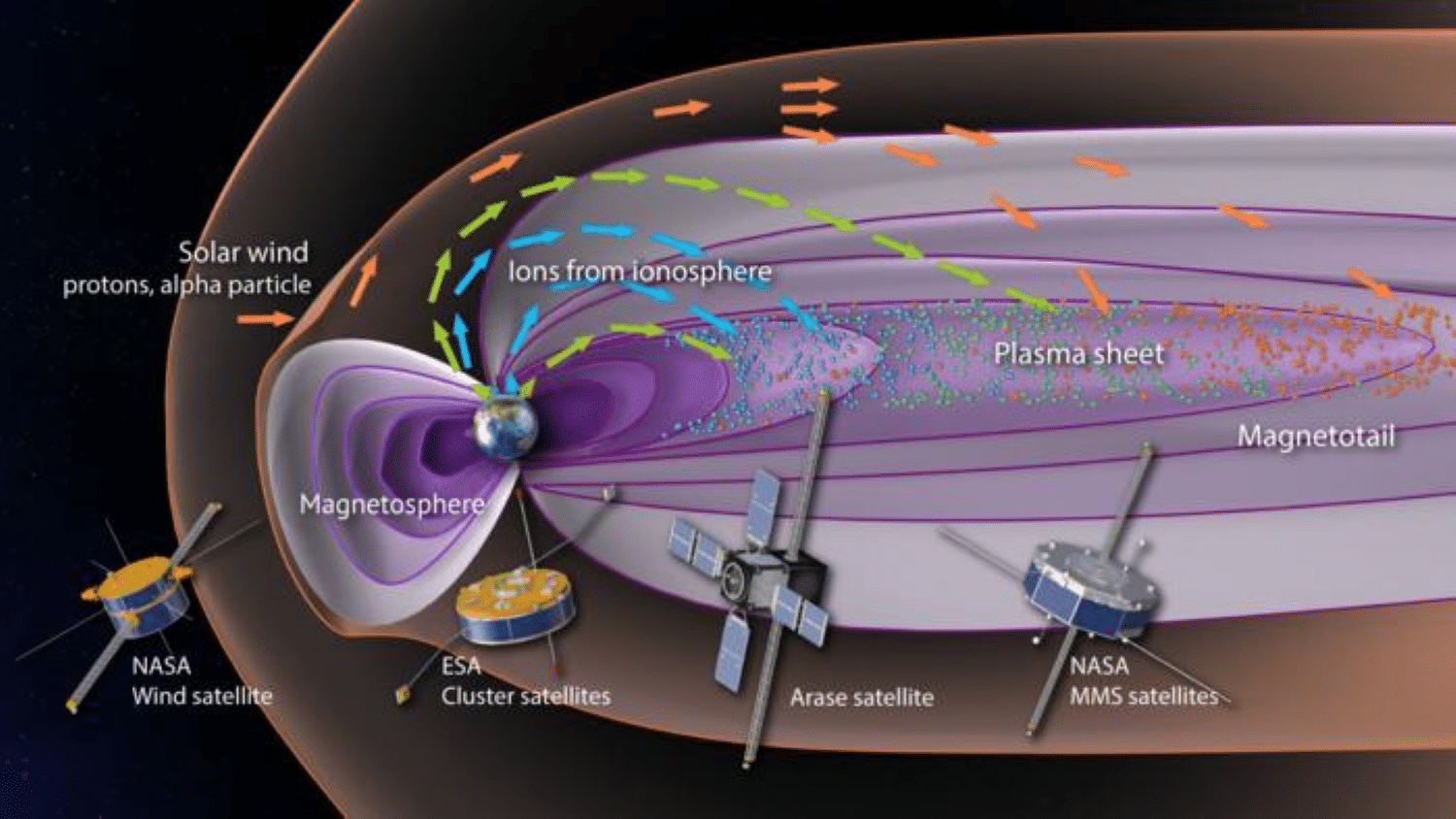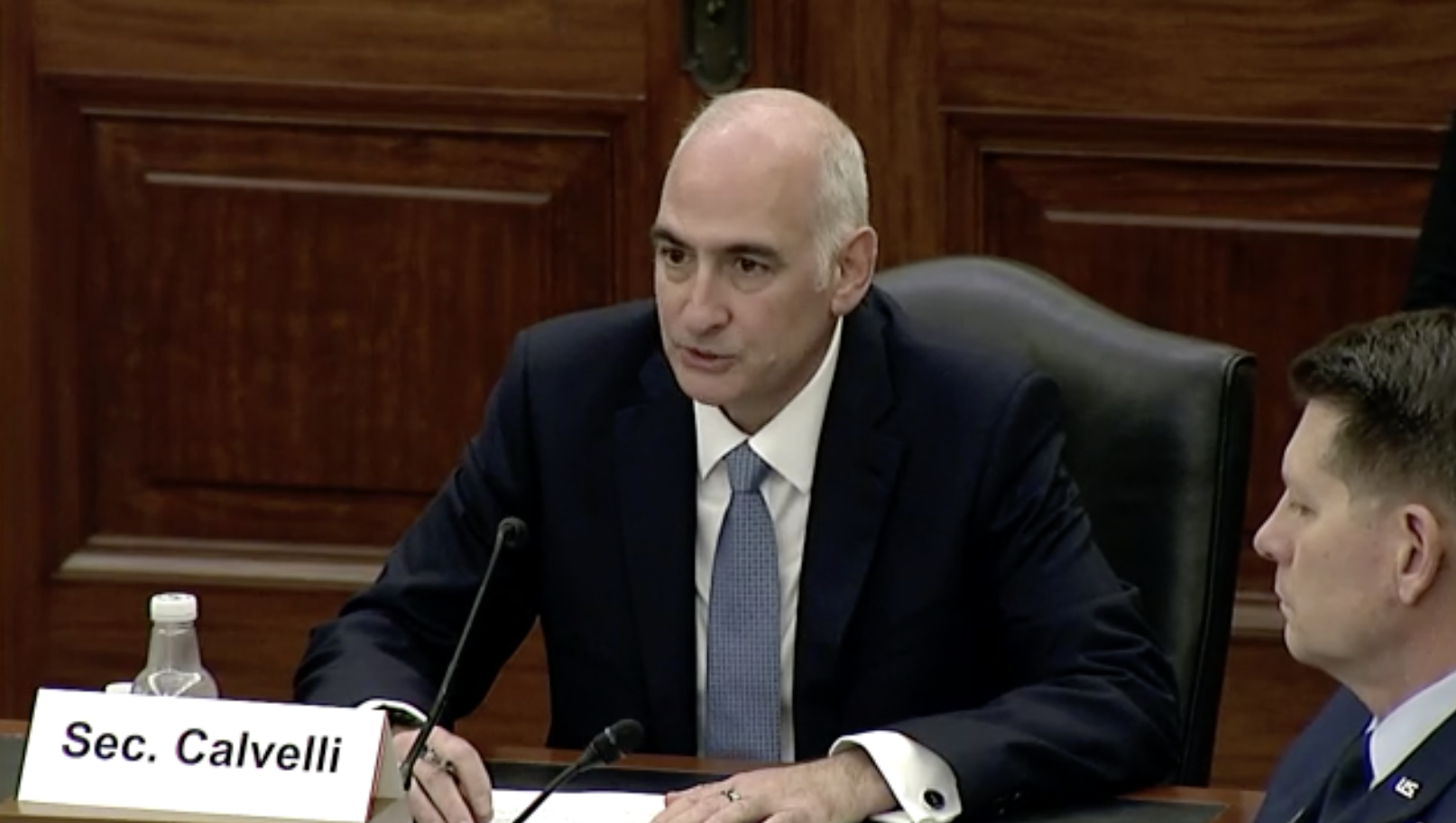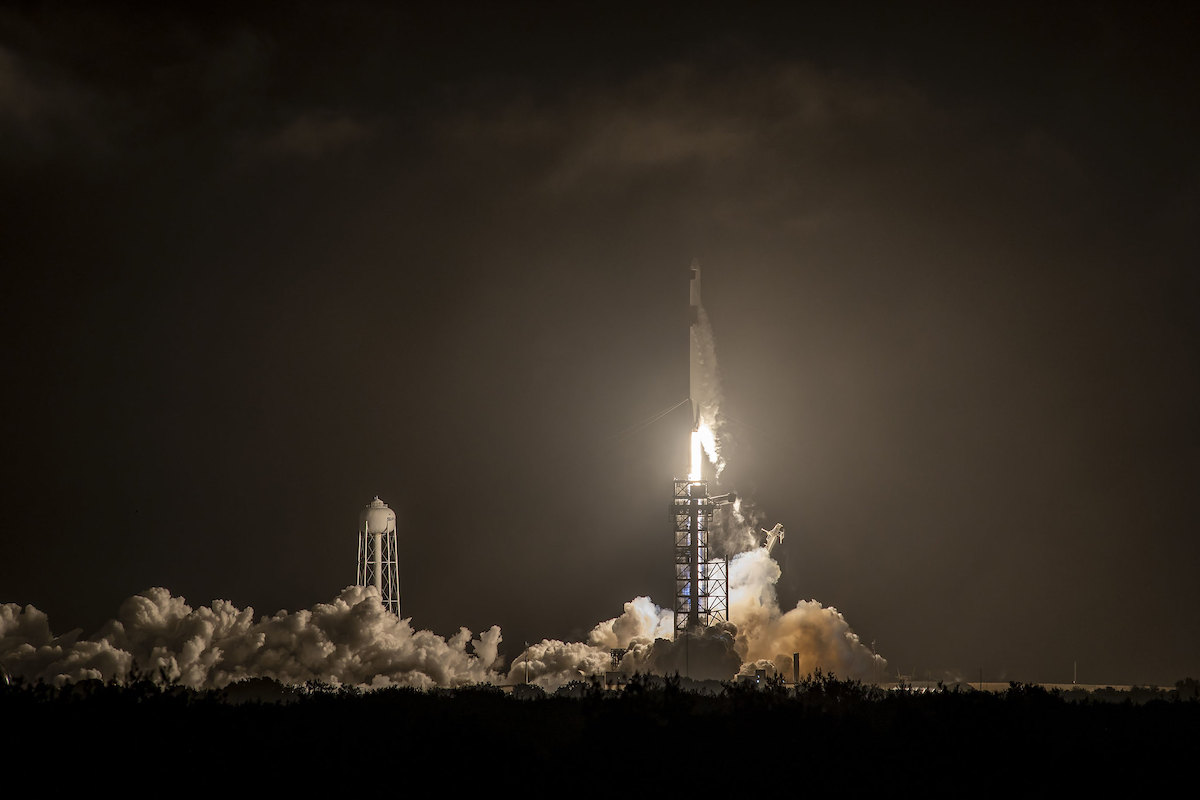
SpaceX is launching into 2025 with what is poised to be a blistering pace of launch for its super heavy lift rocket, Starship. The company is angling for as many as 25 launches of the nearly 40-story-tall rocket, if approved by federal regulators.
In a lengthy post to its website, SpaceX laid out a laundry list of objectives it hopes to check off during the first mission of the year dubbed, Flight 7. The company didn’t announce a launch date along with the mission description, but current maritime and aviation warnings posted publicly suggest Flight 7 could happen as soon as Friday, Jan. 10, at 4 p.m. CST (5 p.m. EST, 2200 UTC).
In a response to a user on X, formerly Twitter, SpaceX Founder Elon Musk said that SpaceX was aiming for Jan. 10. The Federal Aviation Administration approved a launch license modification on Dec. 17, which paved the way for SpaceX to proceed with the mission’s launch.
“The FAA continues to increase efficiencies in our licensing determination activities to meet the needs of the commercial space transportation industry,” said the Associate Administrator for Commercial Space Transportation Kelvin Coleman, in a statement. “This license modification that we are issuing is well ahead of the Starship Flight 7 launch date and is another example of the FAA’s commitment to enable safe space transportation.”
The latest iterative flight of the 397-foot-tall (121 m) rocket features a slew of upgrades in addition to the new flight objectives.
For starters, this mission will feature the first Block 2 Starship upper stage, tail number S33. From the outside, the biggest visual difference between this Ship and its predecessors are the smaller forward flaps, which are also higher up on the rocket.
SpaceX said it did this in order to reduce the flaps’ “exposure to reentry heating while simplifying the underlying mechanisms and protective tiling.”
“Redesigns to the propulsion system, including a 25 percent increase in propellant volume, the vacuum jacketing of feedlines, a new fuel feedline system for the vehicle’s Raptor vacuum engines, and an improved propulsion avionics module controlling vehicle valves and reading sensors, all add additional vehicle performance and the ability to fly longer missions,” SpaceX wrote.
Other internal upgrades to Ship include “a complete redesign” of the vehicle’s avionics, which “include a more powerful flight computer, integrated antennas which combine Starlink, [the Global Navigation Satellite System], and backup RF communication functions into each unit, redesigned inertial navigation and star tracking sensors, integrated smart batteries and power units that distribute data and 2.7MW of power across the ship to 21 high-voltage actuators, and an increase to more than 30 vehicle cameras giving engineers insight into hardware performance across the vehicle during flight.”
First deployable payload
A marked change to Flight 7 compared to the previous six missions for Starship is that this launch is designed to feature a test payload deployment.
SpaceX said it will fly 10 so-called “Starlink simulators,” which it said are “similar in size and weight to next-generation Starlink satellites.” In its “Progress 2024” report on Starlink, SpaceX wrote that the Starlink V3 satellites will have 160 Gbps of uplink capacity and 1 Tbps of downlink speed, “which is more than 10x the downlink and 24x the uplink capacity of the V2 Mini Starlink satellites.”
And with a glimpse of the future, views from Starship entering Earth’s atmosphere were made possible by Starlink.
Soon, Starship will launch our V3 Starlink satellites, which will add 60 Tbps of capacity to the network per launch – more than 20x per Falcon 9 launch today pic.twitter.com/wgxU1Bpe1h
— Starlink (@Starlink) December 31, 2024
Originally, SpaceX intended for these newer larger V3 satellites to fly as V2, but delays of Starship caused them to shift to launching the V2 Mini Starlink satellites onboard Falcon 9 rockets instead. 2024 featured 89 dedicated Starlink launches and one rideshare mission (NROL-126), which was split between 20 Starlink satellites and an unannounced number of satellites for the National Reconnaissance Office’s (NRO) proliferated architecture constellation (believed to be Starshield).
These Starlink simulators will follow a suborbital trajectory and burn up in the atmosphere. During Flight 3, SpaceX performed a demonstration of the payload bay door opening and closing.
Road to reusability
In announcing its Flight 7 goals, SpaceX suggests that achieving full reusability with Starship is a 2025 goal as the company continues “flying increasingly ambitious missions as we iterate towards being able to send humans and cargo to Earth orbit, the Moon, and Mars.”
To that end, S33 will once again perform a relight demonstration of a Raptor engine while in space. The upper stage also features “several experiments focused on ship return to launch site and catch.”
Musk suggested in a post on X in 2024 that catching the Starship’s upper stage might be attempted during Flight 8.
“On Starship’s upper stage, a significant number of tiles will be removed to stress-test vulnerable areas across the vehicle,” SpaceX wrote. “Multiple metallic tile options, including one with active cooling, will test alternative materials for protecting Starship during reentry.
“On the sides of the vehicle, non-structural versions of ship catch fittings are installed to test the fittings’ thermal performance, along with a smoothed and tapered edge of the tile line to address hot spots observed during reentry on Starship’s sixth flight test.”
.@SpaceX successfully caught its Super Heavy Booster for the first time on the Flight 5 mission. The Starship upper stage continues to cruise towards making a planned splashdown in the Indian Ocean.
Watch live: https://t.co/lwbw2yl6i8
📹: @w_robinsonsmith for Spaceflight Now pic.twitter.com/WSH8Ng0SqP
— Spaceflight Now (@SpaceflightNow) October 13, 2024
SpaceX said it took precautions to increase the likelihood that it will be able to proceed with a catch attempt of the Super Heavy booster as well. It acknowledged that damaged sensors prevented proceeding with the catch during Flight 6 and referred to hardware upgrades to the ‘Mechazilla’ launch and catch tower to prevent a repeat incident.
Additionally, SpaceX will use a Raptor engine on the Super Heavy booster, B14, which first flew on Flight 5 in October 2024. In a response to an X user, Musk seemed to confirm that engine was serial number 314, which featured a pie symbol around the number on its nozzle.
The path to reuse is important not only for SpaceX’s ambitions for Starship, but also for NASA and its Artemis program. Starship was tapped by the Human Landing System program to perform landing duties during the Artemis 3 and Artemis 4 missions to the Moon.
In order to achieve that, SpaceX will send a tanker version of Starship into low Earth orbit where it will be filled over the course of more than a dozen launches and propellant transfers. A demonstration campaign of this method is expected to begin in the spring and continue into the summer.
SpaceX needs to perform an uncrewed landing demonstration and ascent from the Moon’s surface prior to supporting crew members onboard. That uncrewed demo is also expected in 2025 ahead of the launch of Artemis 3 in mid-2027.
To achieve this feat, SpaceX is working with the FAA to increase the number of Starship launches and landings at its Starbase facilities in southern Texas up to 25. An in-person, public meeting is scheduled for Tuesday, Jan. 7, at the Texas Southmost College and a virtual meeting will be held on Monday, Jan. 13.
A second, in-person meeting was scheduled for Jan. 9, but the FAA said that was canceled due to the designation of the day as a National Day of Mourning for former President Jimmy Carter.
Note: This article have been indexed to our site. We do not claim legitimacy, ownership or copyright of any of the content above. To see the article at original source Click Here













